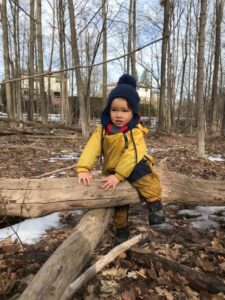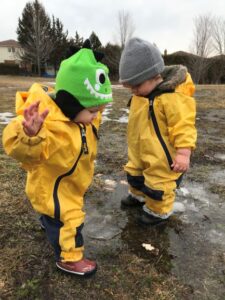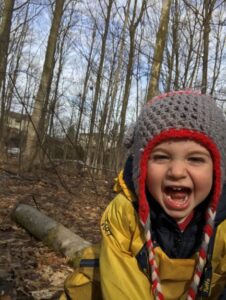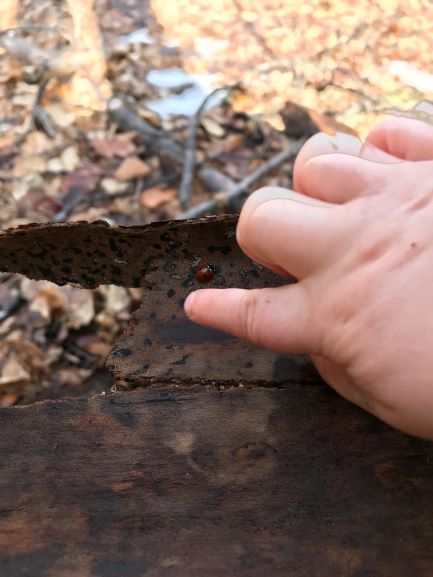The children from Infant to Preschool make daily trips to the forest where they have the opportunity to explore and make connections with nature. While examining the forest, children have the ability to view it in a unique ways as they manipulate and explore the things around them (mud, water/puddles, sticks, leaves, bark, insects, etc). The educators are a part of this learning, observing and participating in the learning alongside the children; the educators and children are partners in this way, exploring the space together. The children are then able to make decisions about their play based on their previous, and new experiences and findings in the space each time they visit.
To capture these experience, the educators introduce ways to continue to scaffold the learning, which may include more in depth research about the topic the children are interested in. A lot of times, the educators and children become researchers who help each other to discover answers to their queries, and learn side-by-side.
On one occasion, a child spotted a lady bug on a piece of bark. The child invited the other children and the educators to gather together and look closely at it, asking questions to try and figure out its purpose and what it was they were looking at. During the process of the discovery, the educator’s role becomes that of teacher, instilling the value of nature and respecting the things we see. The best way for them to understand this is to be able to explore on a personal level. Upon return to the centre, the educators and children researched the insect that was found, sharing the knowledge of the new insect with peers and other adults.
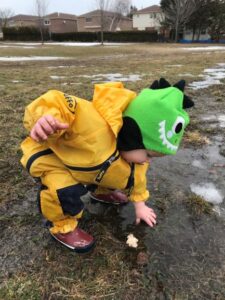
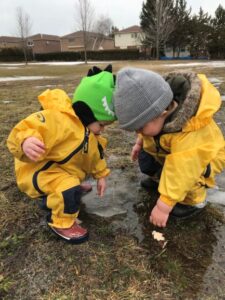


“The focus is not on teaching a body of knowledge or a predetermined set of topics. Nor is it centered on children’s achievement. The content of learning is focused on supporting the development of strategies, dispositions, and skills for lifelong learning through play and inquiry.” (How Does Learning Happen 2014. Pg 15).
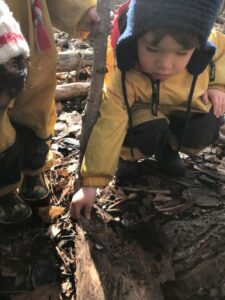
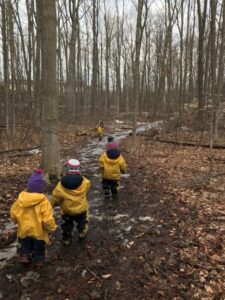
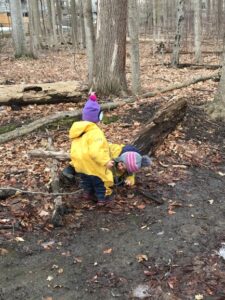
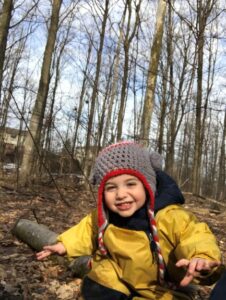
“Opportunities to engage with people, places, and the natural world in the local environment help children, families, and educators build connections, learn and discover, and make contributions to the world around them. It fosters a sense of belonging to the natural environment.” (How Does Learning Happen 2014, pg.19).

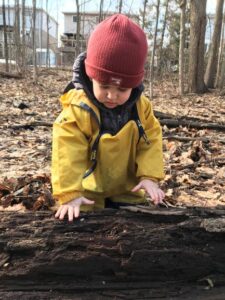
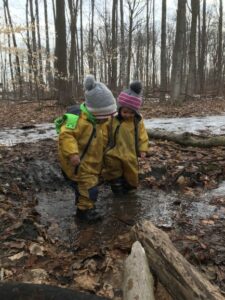
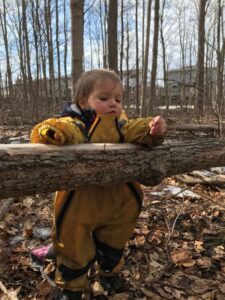
“Opportunities to experience nature everyday and to care for and interact with the natural world enhance children’s connections to the world around them. A growing body of research suggests that connection to the natural world contributes to children’s mental, physical, emotional, and spiritual health and well-being.” (How Does Learning Happen 2014, pg. 25).
